I am now in my final week of the Lyell Project; time has flown by as myself and our exceptional interns have breezed through the plethora of material in this collection. Once they had finished their internships, my work turned to focus on some of the most challenging conservation work … the printed books!
Held within both the Lyell new accession and the University’s own collections, 22 printed volumes and a handful of special collection volumes were identified as being in need of interventive treatment. Several of the printed volumes had significant structural damage to their boards and spines. It was clear that through use, the tension the volume had undergone – that is the opening and closing – had led to this damage. I had to be careful that whatever method I chose to rectify this would be sympathetic to the remaining structure, and that new materials would need to be carefully introduced to support the volume structurally. All 22 volumes were at different stages of degradation; they all needed some form of structural repair to mitigate this damage. It was a similar picture with the special collection volumes, which were alike in binding style. This blog focuses on the worst of those bunch.
A small handful of the volumes were in the condition that you see Figure 1 below. Spines and boards were detached or even missing altogether. What was left, was falling apart, and the leather had little integrity.
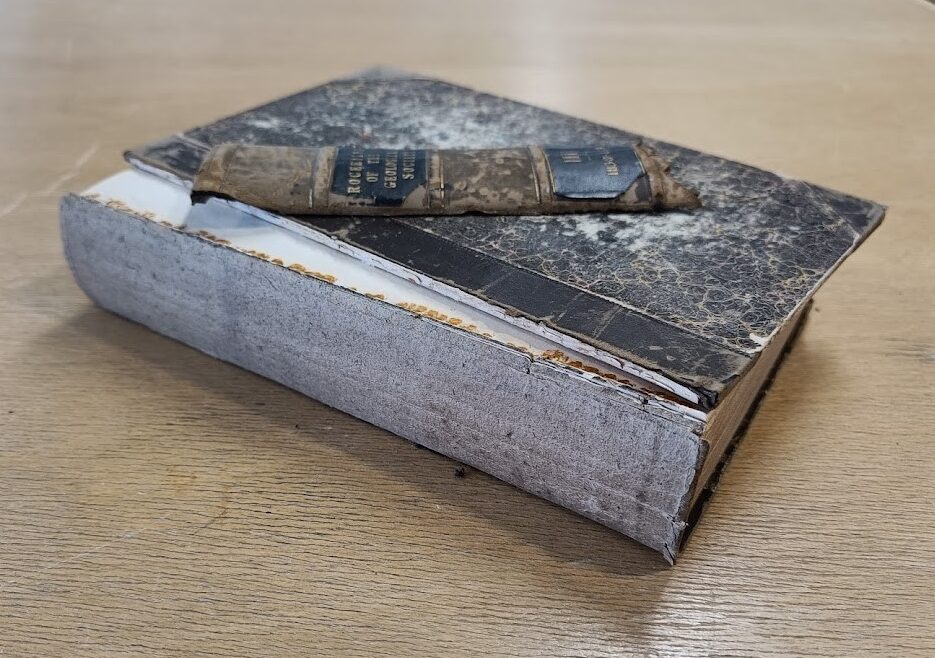
Special Collection Volume before treatment (SC6373)
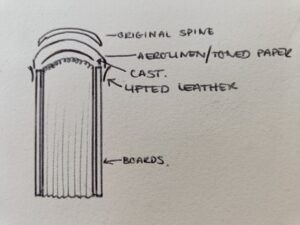
Figure 2- Diagram demonstrating the layers of the Honey Hollow technique
After some thought and research, I decided to use the ‘Honey Hollow’ technique to restore the structure of the volumes, which introduces new materials including a cast of the spine that acts as the new structure. The original spine is then attached to it, but no longer takes on any structural responsibility. This was the most feasible choice, as the condition and strength of the leather that was remaining was too poor. An illustration of the Honey Hollow technique can be seen in figure 2:
All book conservation work started with surface cleaning, consolidation of red rot and any corner repairs. Normally the first step is to lift the original spine piece from the volume. As this had already detached this was not needed. Once they had been safely stored, the casting could begin. The book was placed in a finishing press, and cling film was tightly wrapped around the spine to act as a barrier from any moisture whilst casting the spine. Pieces of 12gsm Japanese tissue were cut and attached layer by layer onto the exposed spine using wheat starch paste. Dependent on the width of the book, between 7-10 layers of tissue were required to make a strong cast.
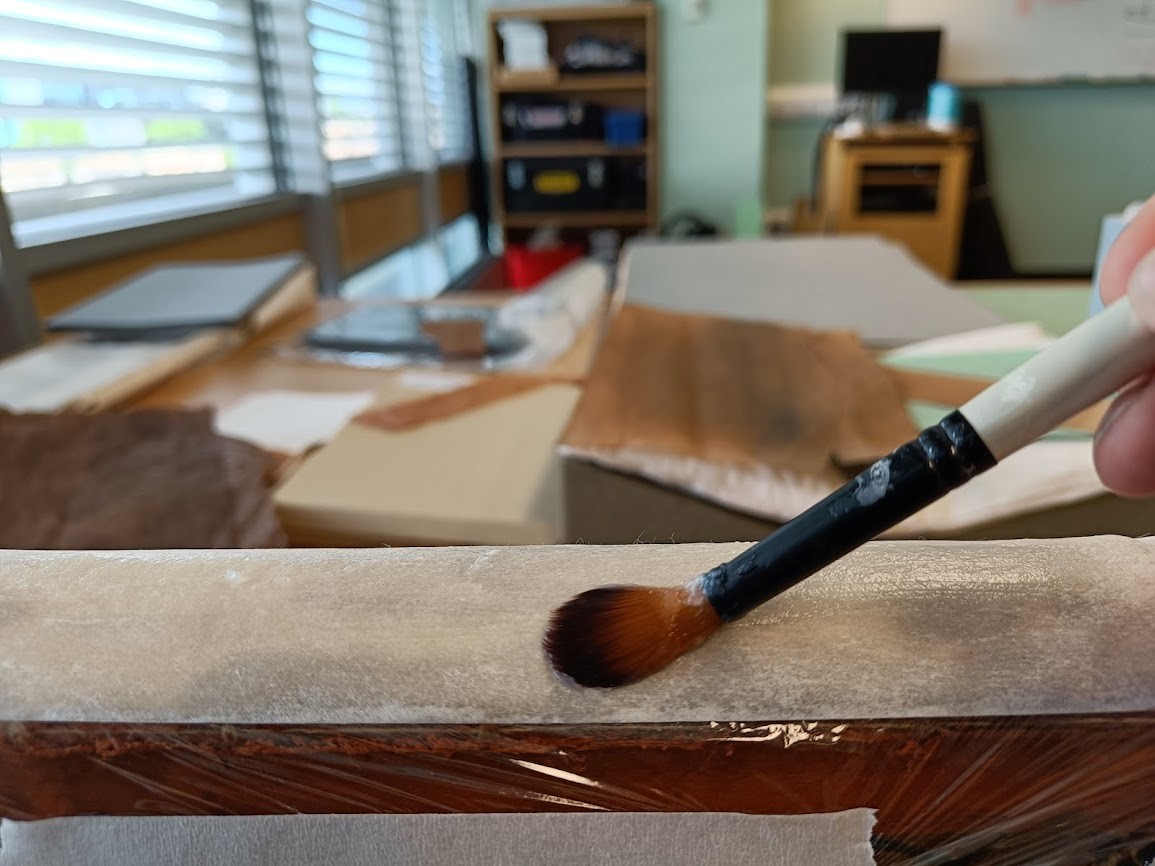
Figure 3 – Casting of the spine using Japanese Tissue and wheat starch paste
Once the cast had dried, it was removed and trimmed. The book remained in the finishing press whilst the leather on the boards was carefully lifted using a leaf spatula. This is where the new Aerolinen fabric would be inserted. This fabric is commonly used in book conservation for both board reattachment and spine repairs. As it needed to wrap around the entire spine, a piece of the linen was pasted to the cast with a 1cm margin either side for insertion into the boards. The attachment to the spine needed to be strong, so EVA was the adhesive used for this part of the process.
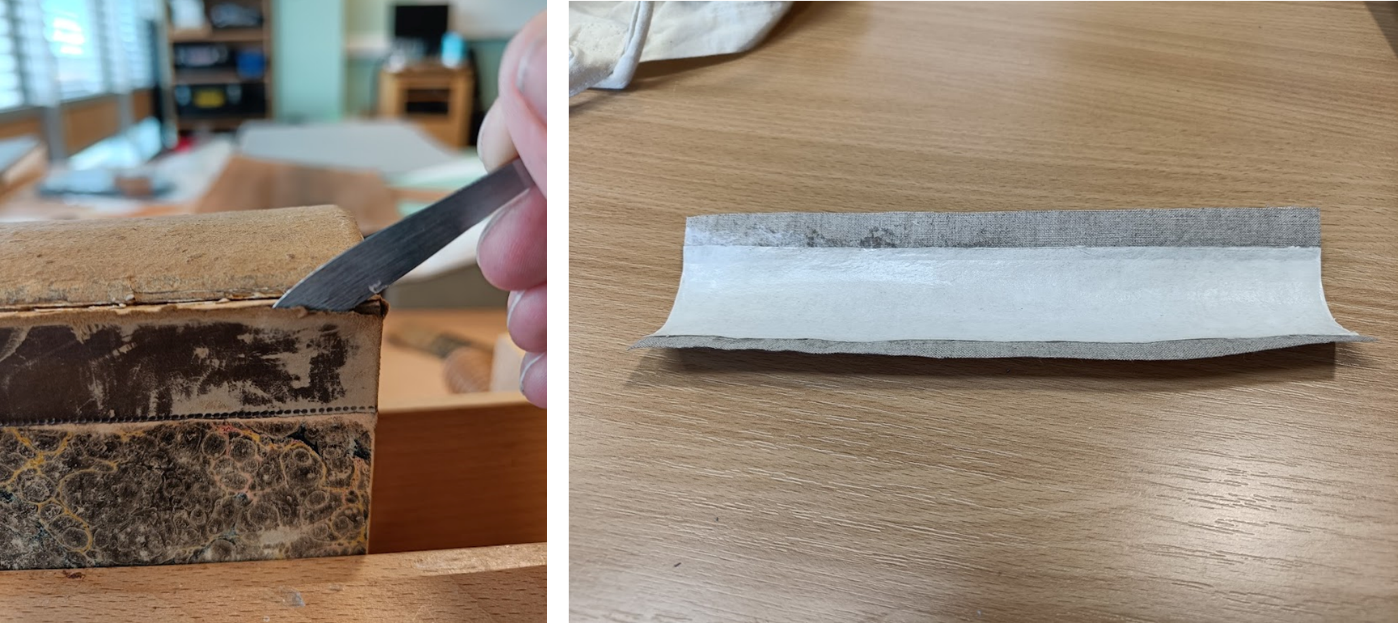
Figure 4 – Left: Lifting of the board leather, Right: New Aerolinen cast
Aerolinen can be toned to make the original spine piece in other applications, however in this case it is best to cover the linen with a toned Japanese tissue of a heavier weight. A medium tone was chosen that could match the darker parts of the leather, rather than the lighter areas where it had degraded. Once attached and trimmed, it was now time to attach the original spine cover to the cast (making sure it was the right way up!).
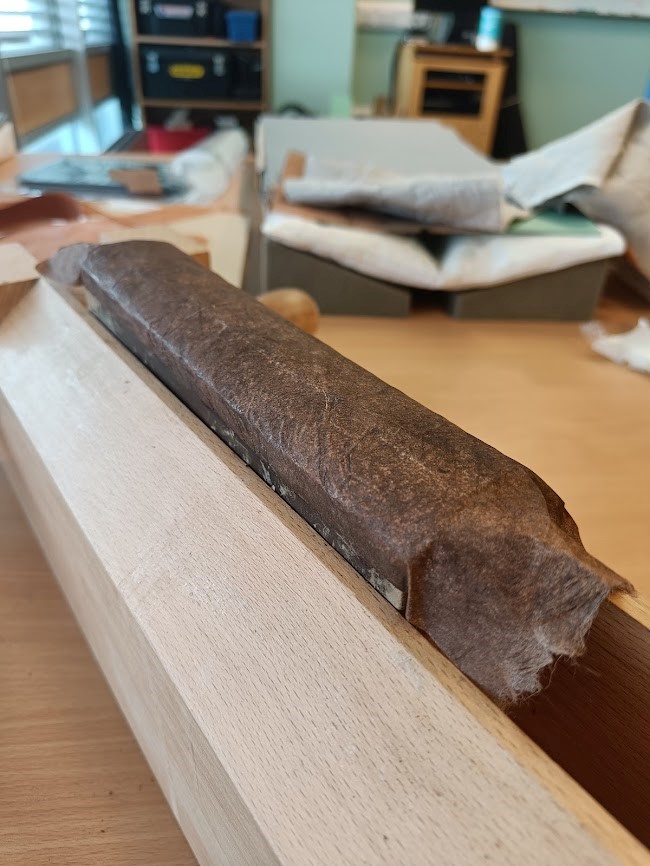
Figure 5 – Toned Japanese Tissue cover of the cast
As often only two thirds of the original spine cover was left, some more acrylic painting had to be done to mask the toned paper. The degradation of the leather was much worse on the spine piece, so the toned Japanese tissue did not match it as well as the sides. After a little bit of painting, the overall look of the new cast was more in keeping with the original spine. All that was left to do was to repair any inner joints inside the book at the start and end of the volume with a light Japanese tissue.
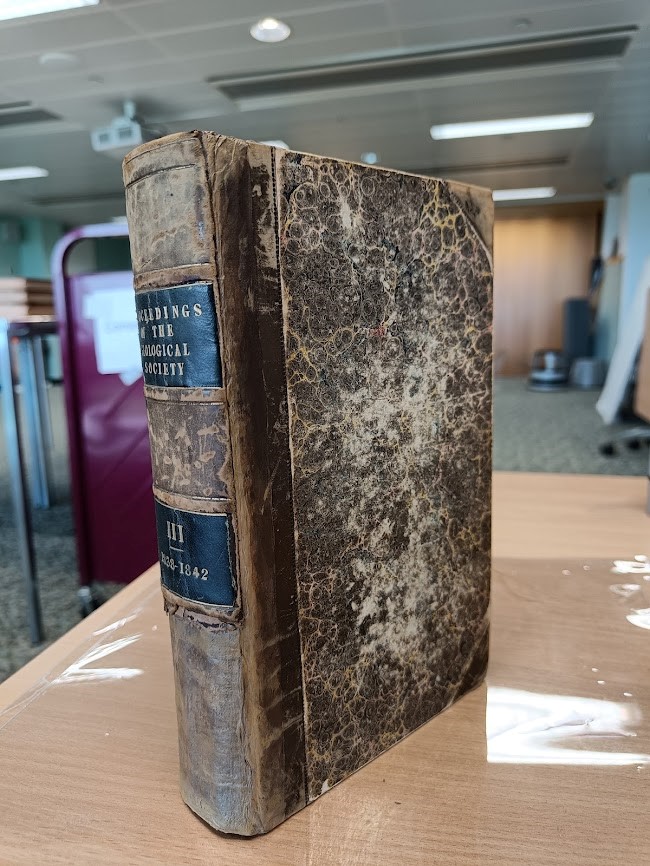
Figure 6 – Special Collection Volume after treatment
The technique overall was a success; this volume and others like it are now safe to handle, and the repairs blend in with the original condition of the rest of the book. It was a really interesting technique to employ and, more importantly, a satisfying one. This was a great experience for me to put both my ethical and technical skills to work to protect the volumes and retain what was left of the binding.
Claire
